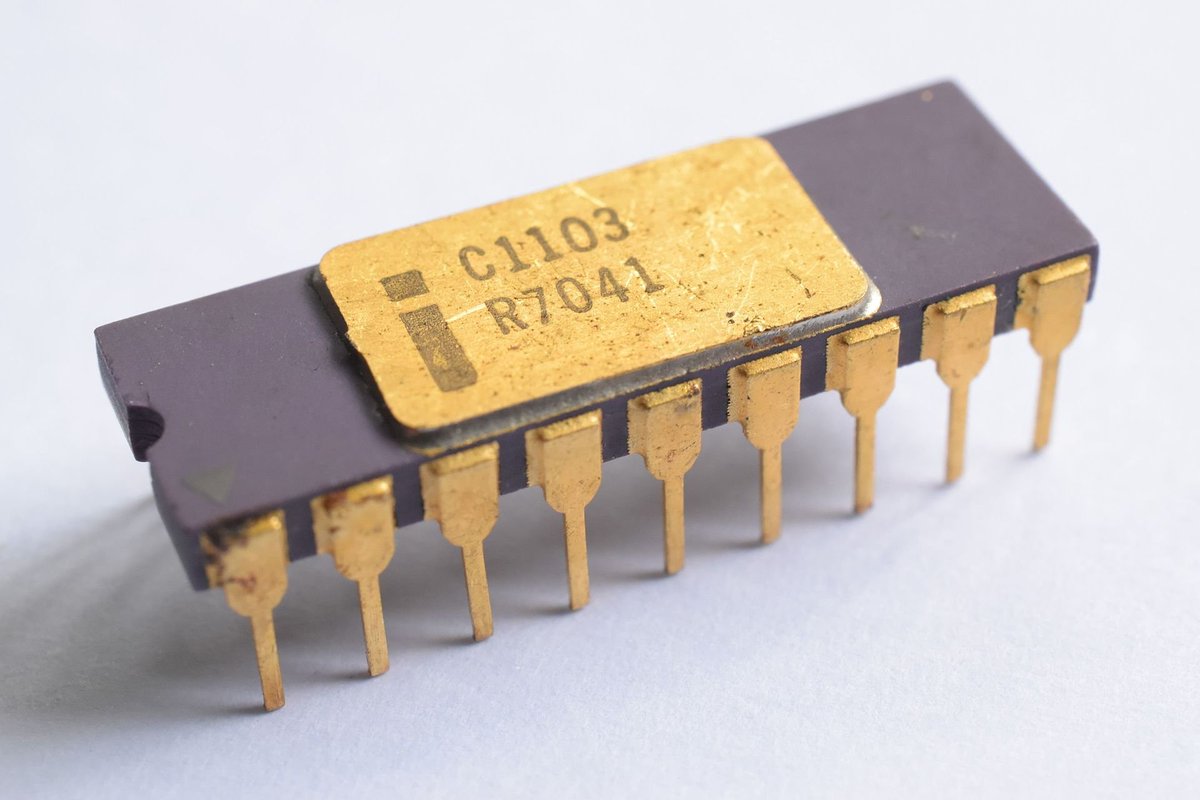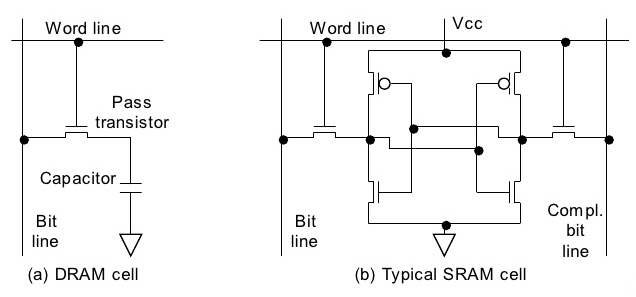
this is the button that goes at the end of a fencing foil. 🤺
it's a normally closed switch. you push down on it with >500g and the switch opens, which triggers the scoring machine.
oh and it must be broken for 14ms to trigger the scoring machine. this is a new(ish) rule. the old rules specify 1 to 5ms which led to an interesting but controversial technique
in the 1980s, someone figured out that you could, with a flick of the wrist, cause the highly flexible foil to whip around and strike the opponent end-on. it was very brief contact but enough to trigger the scoring machine. 

i wish i had a fantastic slow motion video of a real fencing flick. you can watch highlight reels like this but they just don't do it justice. you can't see anything! maybe @smartereveryday should put a high speed camera on it.
so why the controversy? a lot of people couldn't perform this technique, which takes wrist strength and practice! so quite a few people complained that it was cheating.
oh, and it doesn't work with the traditional grip style, known colloquially as the "French grip." you just can't get much leverage! 

most competitive fencers use the newer "pistol grip" instead which *does* give you a lot of leverage. 

(i would show you how to hold the pistol grip properly but i can't find any images online that are actually correct 😂)
so why bother with the French grip? there's a rule that allows you to "post" or shift your grip a few inches towards the pommel--extending your reach! the rules only allow this for the French grip.
(naturally the FIE, the governing body of fencing, which happens to be based in France, denies that this has anything to do with any sort of favoritism, and the fact that the French fencing teams prefer this grip has nothing to do with it)
but back to flicks! the flick opened up a whole set of techniques: not just a new attack, but new parries, new counterattacks--a whole new way to fight! it's as if people typing in lowercase all their lives suddenly discovered that uppercase was a thing.
and as a fencer, the flick is *incredibly satisfying* when you can properly execute it. i can't find the words to communicate the feeling that you get when you parry riposte with a nice solid flick to the back, where you feel it land, see the light, watch your opponent cringe. 😈
but not everyone liked it! lots of less experienced fencers hated it because they couldn't defend against it (there's a whole new *register* of parries for that!) and the traditionalists who used the French grip also hated it because they couldn't DO it.
the FIE is mostly made up of traditionalists, and they sought ways to ban the flick. they experimented with a number of approaches, including modified points (buttons) that had heavier springs, increased travel distances...
eventually they settled on increasing the timing requirement. if the point has to be pushed for 14ms, then a quick flick isn't going to set it off.
and it changed the game. foil is not what it was before. it's a different sport, with different tactics and pacing and dynamics and so on and so forth. it took years for fencers to fully absorb it.
one possible motivation of the FIE that i forget to mention is television. they were always super concerned about how "watchable" the sport is. flicks are impossible to see on TV.
on *standard definition* TV! these changes all happened in the mid 2000s before HDTV, 4K, and all that was commonplace.
nowadays, with streaming video going out to niche audiences and reasonably priced ultra slo-mo cameras, i think the flick should make a comeback. to me it always looked *damn impressive* in person.
so this is all foil. back when i was competing, i fenced epee, which is a larger and heavier weapon. the rules are also different. the tip is set up for a 750g force and it must travel >1mm for more than 2 milliseconds to set off the scoring machine. (my epee is on the far right) 

and despite all of that, i was able to develop a flick technique--in epee!
it's riskier for sure--when you execute a flick, you expose the bottom part of your wrist to your opponent (in epee, the entire body is a valid target!) and a savvy opponent will *nail you* in the wrist before you get your flick to land.
but i combined the action with a "take" (where you lift the opponents blade between your blade and your guard) so that i *knew* exactly where their point was before i proceeded.
i once won a team bout with this. final match of the bout, my opponent extended his arm and tried to circle around and "feel forward" with the point. i took his blade and flicked him on the inside of the elbow. it was glorious and i wish you could have seen it
• • •
Missing some Tweet in this thread? You can try to
force a refresh
















